Acropolis sightseeing for the blind
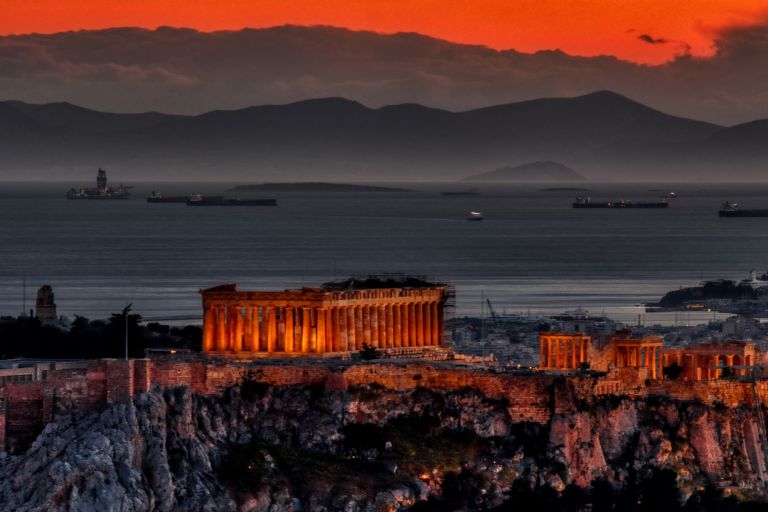
Πηγή: Αρχείου
“The Propylaea is a huge and imposing marble building. It stands upright in front of you. It has the shape of the Greek letter Π, with its staircase framed by two arms on the left and the right – at 9 o’clock and at 3 o’clock respectively – as if the building is welcoming you to the main gate… The impression you get when passing through the Propylaea is that you are walking on a path in a forest of colossal, headless columns, inside a huge roofless damaged building which nonetheless remains dramatic and imposing.”
Tour guide Danae Kousouri describes the Propylaea to a group of visitors. Having conducted countless tours on the Sacred Rock, she is familiar with every little detail, every crack on the marble. However, this is the first time that she is called upon to describe a monument to an audience that cannot actually see it.

The idea belongs to Tina Sklavolia-Kyriakis, founder of the offbeat tour company Alternative Athens
“At one point I thought that if there was a sense I would never want to lose, it would be vision – precisely because I cannot imagine life without traveling,” she says. “Somehow I started to think it is unfair for some people to be deprived of the incredible joy that travel offers. Since my job is to create experiences for people, why not design a tour for visually impaired people?” she says. Until recently, Sklavolia-Kyriakis and her partners took for granted that the visitors could see. “But what happens when the tour guide speaks, but the audience is not able to look around them?” The team reached out to Kalliopi Gkika, director of the Tactual Museum of Athens, and Marietta Lappa, a visually impaired tour guide. “I had in the past given a tour to a group of deaf people. However, giving a tour to blind people required a whole new approach; we had to see the tour from a different perspective, the Acropolis with different eyes,” says Kousouri. “I never had to describe something to a person relying entirely on their imagination,” she says.
Before they could offer an accessible Acropolis tour, Kousouri and the other guides of Alternative Athens had to undergo special training. (The Tour Guide School of the Tourism Ministry does not currently offer courses on guides for audiences with special needs but such seminars are available in the market.) “We had to learn everything, the outdoor needs of visually impaired people, how they move, where they stand, what they expect from us, what they expect to get [from the tour], how we can place a particular place in history.”
New challenges kept popping up. “While I was writing my tour speech, for example, I realized that instead of indicating the length in meters, it would perhaps be better if I use the description ‘half a football pitch.’ Or to describe the difference in size between the three monuments by saying that one is small, the other medium and the other XL for that would give them a better idea of their volume. The vocabulary had to be modified so that connections would be based on first-hand experience; not things that they have seen, but things that they have lived and felt.”
And one more thing:
For the first time while preparing a tour, Kousouri had to think of how she felt with what she was seeing, before putting it into words. “It was an interesting inner quest,” she says.
However, they also needed special maps allowing visually impaired visitors to navigate and “read” the Acropolis. While the Culture Ministry does have tactile maps of the Acropolis, they depict monuments that no longer exist today. “Although this may be an accurate [representation] from an archaeological perspective, it would confuse visually impaired visitors. We needed a tactile map that would only depict existing monuments on the Sacred Rock, especially the sights we would discuss: the Propylaea, the Temple of Athena Nike, the Parthenon, the Erechtheion.” And so it happened.
The team worked with the Tactile Museum, which owns a special printing house, to create a new map and model of the present-day Parthenon made of a special material resembling that of the actual monument so that the visitors could feel and have an understanding of what the guides are describing. “The miniature mock-up helped us realize how memory works,” Kousouri says. “When we tried with a group of visually impaired people, we realized that people who suffered sight loss at some point during their life could recognize the Caryatid as soon as they touched [the replica].”
As touch plays an important role in the overall experience for the blind, the Culture Ministry allows visually impaired visitors to touch columns in the Propylaea. However, the tour approach is multisensory. The space, the voices, the smells, the sounds, the air, the sunlight on your skin all contribute to the experience. “It is important that these people are on the site. The most important thing, after all, is being part of all that. In all the years that I have visited the monument, I have seen very few blind visitors, and they are always accompanied by an escort and never alone just with a guide dog. The pathway that was recently installed on the Acropolis, as well as the elevator, naturally makes it easier for them to visit the site, although I prefer to lead the group from the main gateway and the steps, so that the visitor understands that this is a hill, to feel the trees around them.”
When the time came for the inaugural tour, which would be the first in Greece and one of the few tours designed for visually impaired visitors at an outdoor monument worldwide, there was a lot of stress. “It helped a lot that the staff on the Acropolis were exceptional.” The feedback was very positive. The Acropolis is an unforgettable experience, whatever sense you rely on to explore it.
The tour is designed for Greek as well as foreign visitors, whether they are blind or partially sighted. “Some people were not born blind, they have a memory of the Acropolis, but have not been up there for years. Meanwhile, there are many people out there who have never made this unique trip,” Kousouri says. However, the ascent to the ancient citadel is a unique experience for the guides too. “It’s incredible how such an experience transforms the way in which we guides see the world… At the end of the tour I realized that whether sighted or blind, when we visit the Acropolis or other archaeological sites, we need to use our imagination, to ‘see’ things that do not exist, from buildings and items to ideas and events. We are all expected to reconstruct all that in our head.”
Διαβάστε όλες τις τελευταίες Ειδήσεις από την Ελλάδα και τον Κόσμο


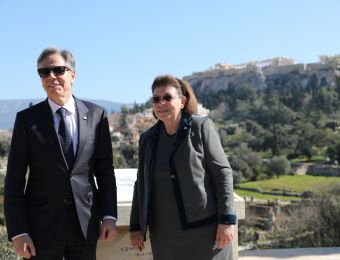

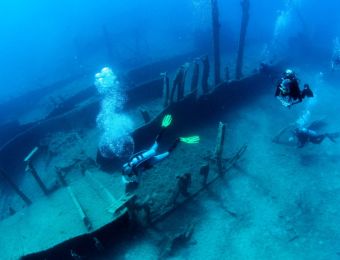
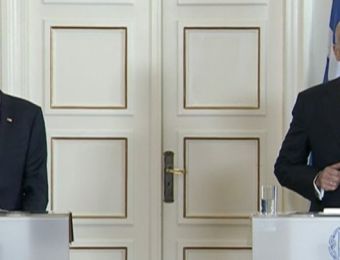
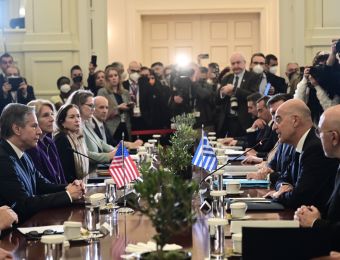



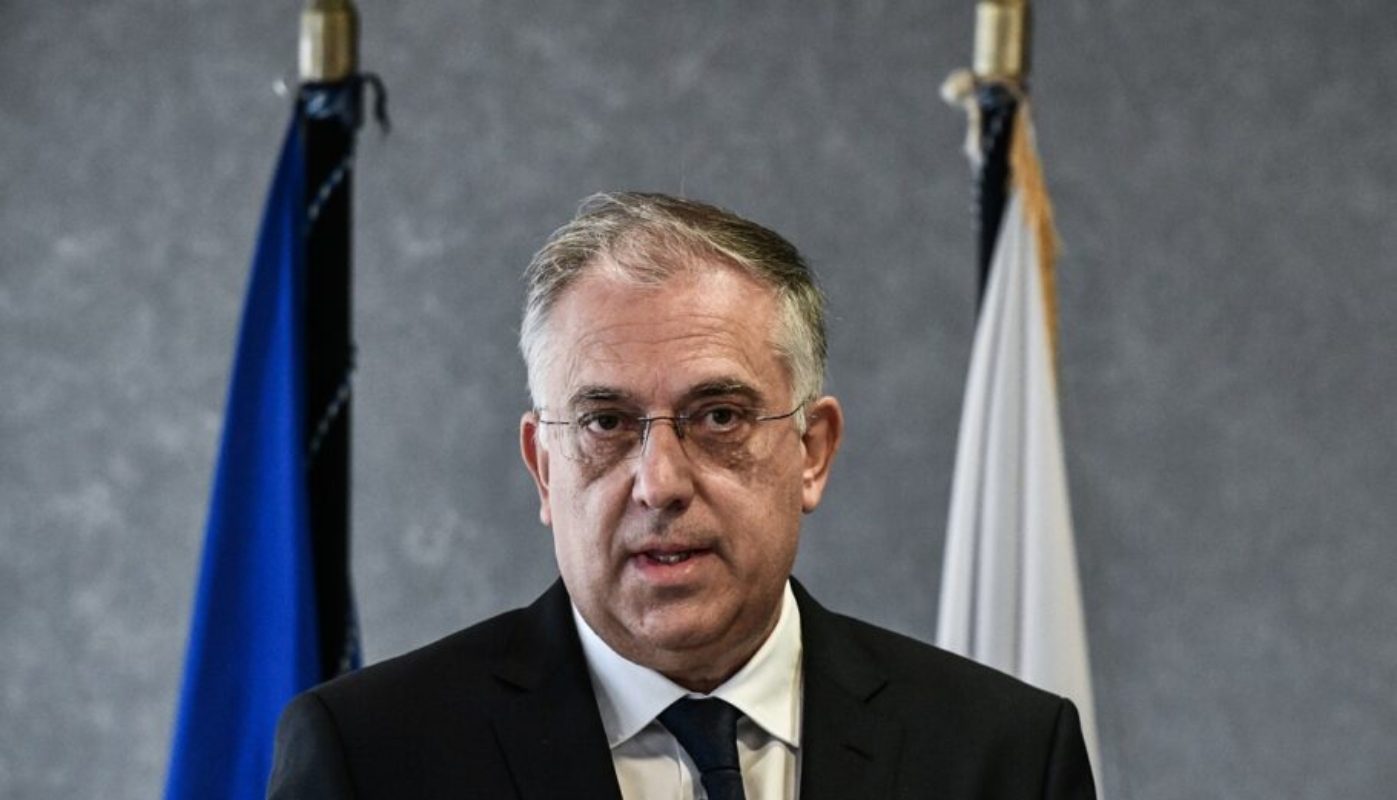
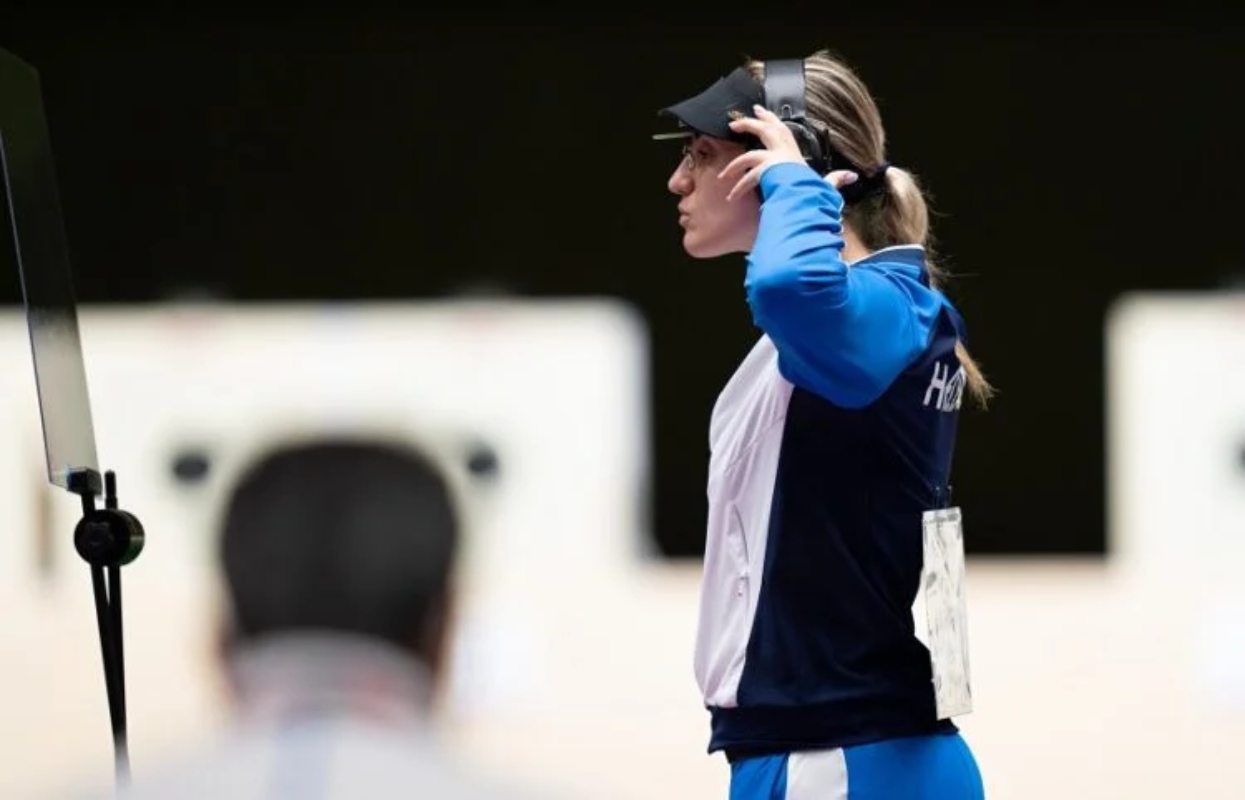


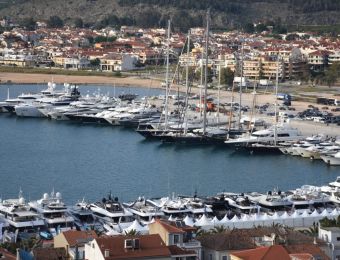
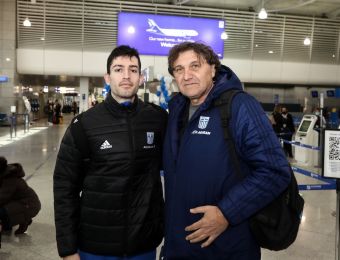
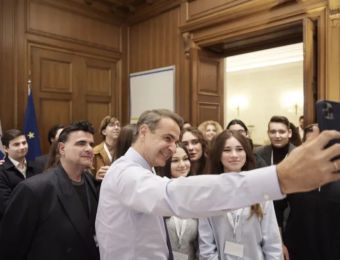
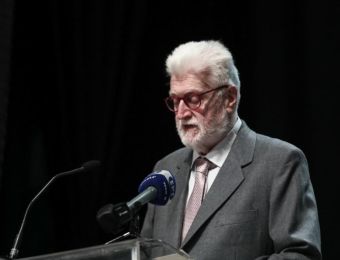
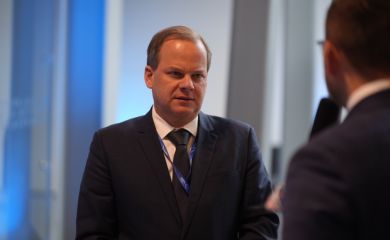
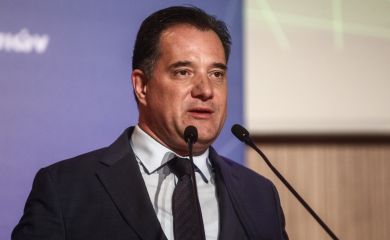
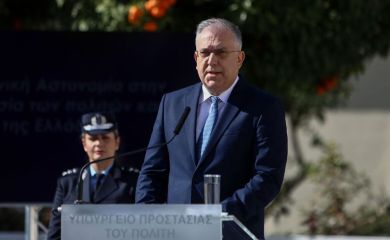
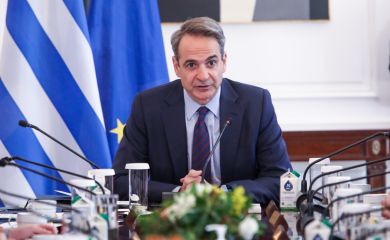
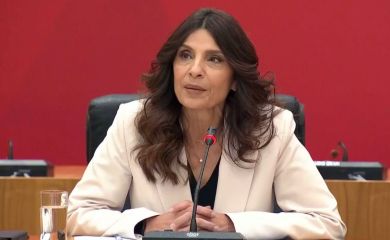

Το σχόλιο σας